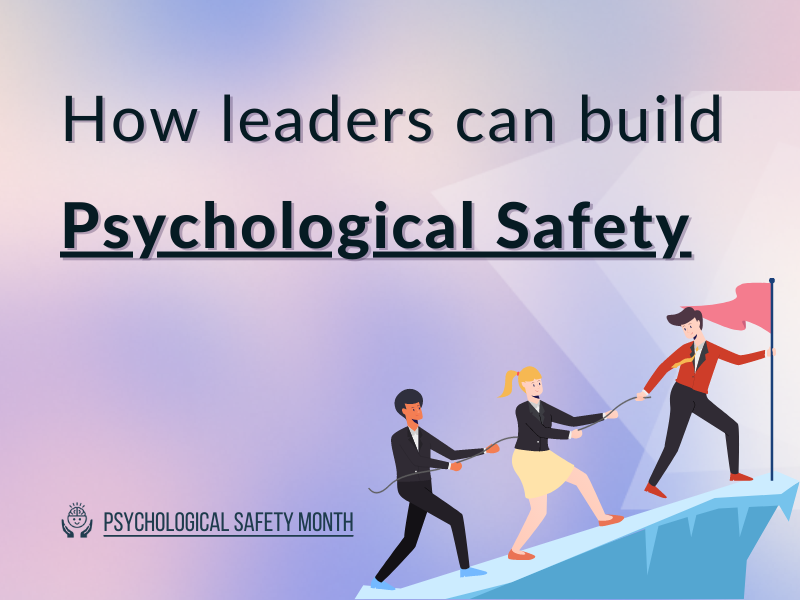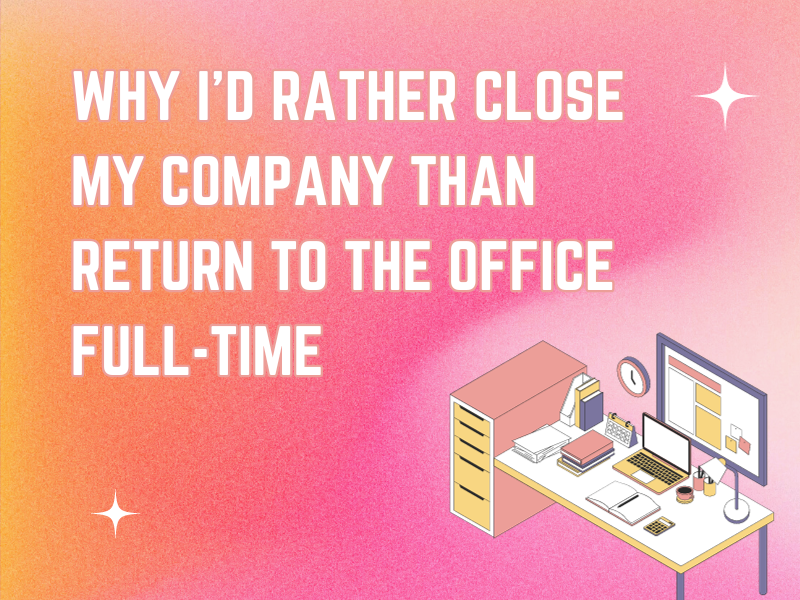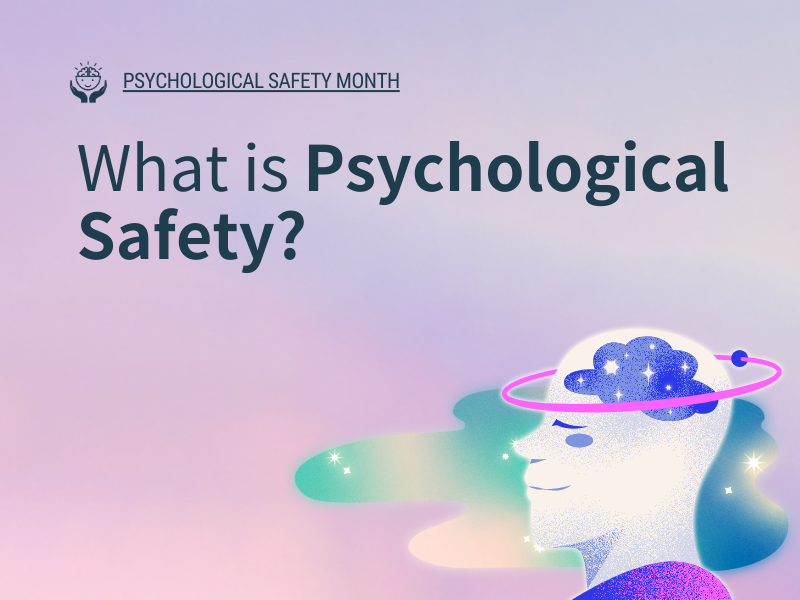The other core culture builder, Psychological Safety, is trickier. A lot fits into this concept. At its most basic, it’s straightforward: build an environment of trust and openness, listen, and make sure you don’t bite people’s heads off.
Psychological Safety is essentially the trust that individual team members have in the rest of the team, and how comfortable they feel giving their opinions or pointing out an error without fear of censure. If you can build this into your organization—and this is at the team level, meaning each team has to have this—then you’ll instill a high level of Psychological Safety. That brings with it better inclusion, the possibility for real diversity, stronger innovation, less errors, and, likely, less burnout. All kinds of good things that bake many of the leadership trends I’ve followed over the years into one concept.

For me, a lot of Psychological Safety boils down to being a good, thoughtful listener. To not speak too quickly. To reflect on what has just been said, the emotions of the speaker, and what hasn’t been said, and then to give an appropriately thoughtful reply.
This has not been easy for me as a passionate entrepreneur. That passion is wrapped in strong beliefs. There have been times in the past when I certainly didn’t leave the door open for negative or skeptical opinions when advocating for entrepreneurial goals and strategies.
Then there is my high motivational need for Rationality that often comes out as a love to debate. For team members with low Rationality needs, seeing me come quick and fast at their ideas with questions and opinions must have been demoralizing. From my point of view, I was testing to see which ideas were the best, but for those members it must have felt psychologically unsafe. Even if polled today, my reports probably still wouldn’t give me great marks for my listening skills. But I do think I’ve improved, contributing to a stronger sense of Psychological Safety in our teams.








